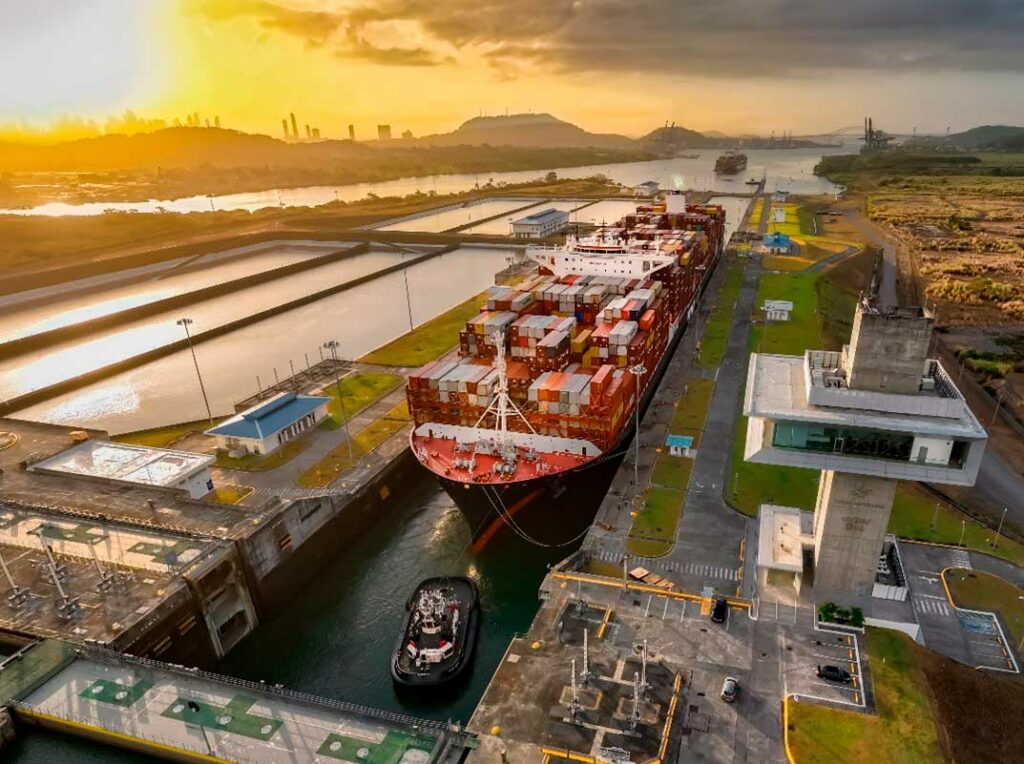
In response to the intensifying impacts of climate change, the Panama Canal Authority has revealed a noteworthy shift in investment priorities, underscoring a commitment to channel more capital into sustainability initiatives.
Last year, drought limited the capacity of daily transits through the Canal and an adequate water supply for the Panamanian people.
The canal authority now will allocate more than $8.5 billion in capital investments in the next five years towards sustainability projects.
The largest portion, $3.5 billion, will go toward infrastructure and equipment, including the installation of a photovoltaic plant, the purchase of electric vehicles and hybrid tugs, and various other investments.
More than $2 billion will be dedicated to new sustainability-focused initiatives. The implementation of a more robust water management system is also expected to require an additional $2 billion investment.
The remaining funds, amounting to more than a billion dollars, will support digital transformation and decarbonization-focused improvements at the waterway.
“We plan to embed sustainability into capital investments worth over $8.5 billion in the next five years, surpassing the $5.4 billion required by the Panama Canal Expansion Program,” the canal authority said.
The canal authority is collaborating with the World Bank and International Finance Corporation (IFC) on a Greenhouse Gas emissions inventory, which will be published within six months.
Later this year, the Panama Canal will also complete a climate risk assessment and commit to the Science Based Targets initiative (SBTi), encompassing both short and mid-term reduction goals.
“Aggressive emissions reduction targets will be implemented soon after,” says the authority.
The overall aim is to achieve net zero carbon emissions by 2050.
“To meet this target, we will pursue meaningful action and engagement, working with the entire maritime value chain to create an enabling environment for climate resilient operations and development,” the authority added.



